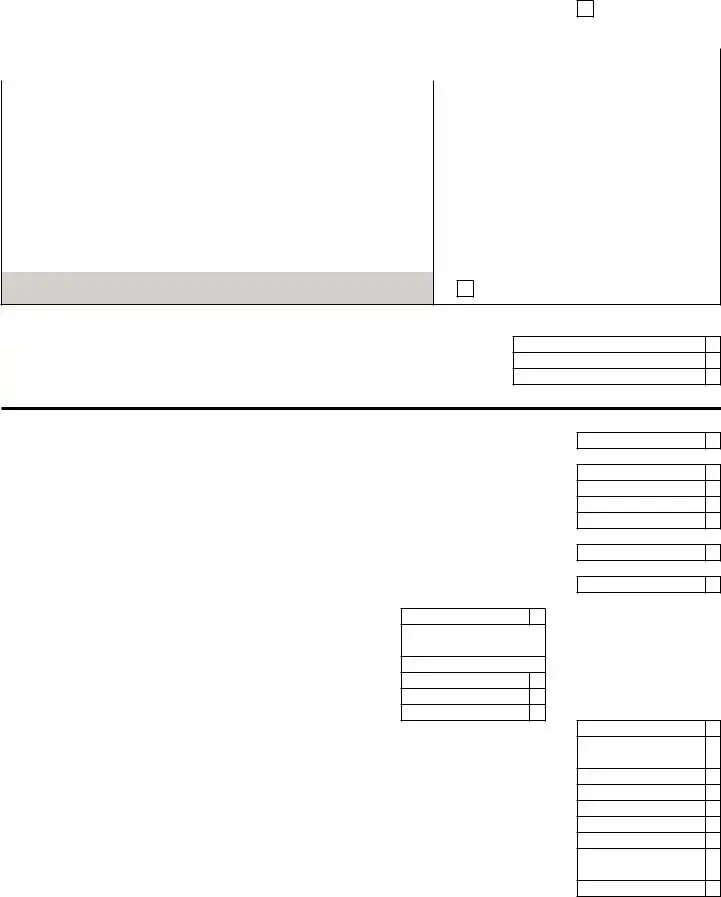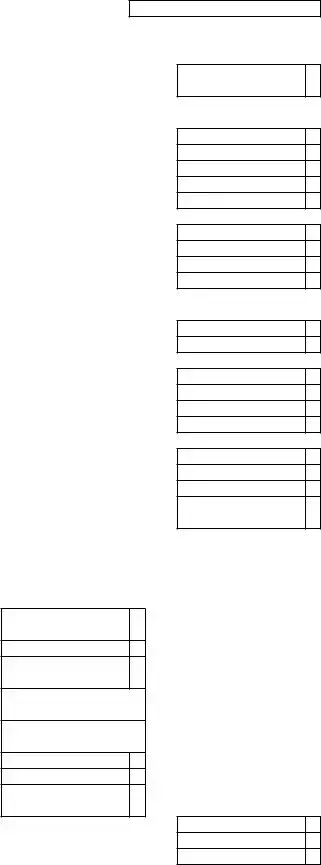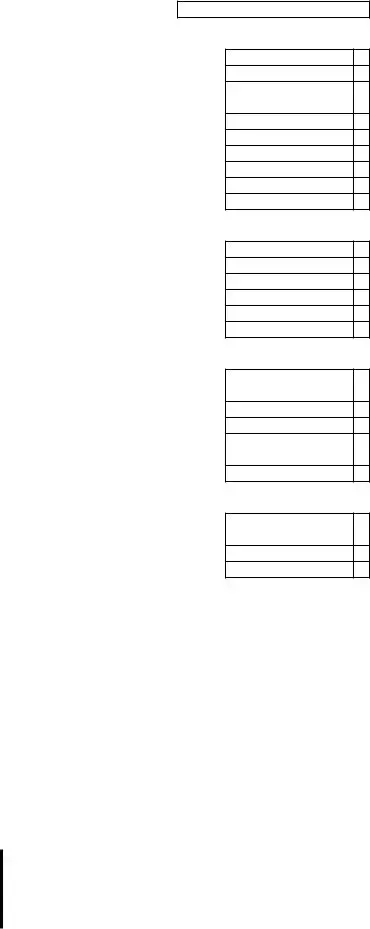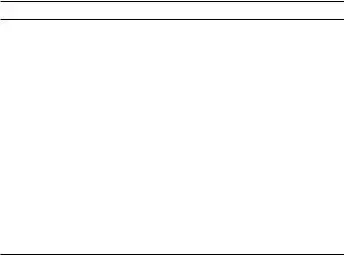more information.
UBGs: In the Name field, enter the name of the DM for the standard members of this UBG.
Line 3: Enter a brief description of business activity (e.g., forestry, fisheries, mining, construction, manufacturing, transportation, communication, electric, gas, sanitary services, wholesale trade, retail trade, finance, or services, etc.).
Line 4: Enter the start date of first business activity in Michigan.
Line 5: Enter the entity’s six-digit North American Industry Classification System (NAICS) code. For a complete list of six-digit NAICS codes, see the U.S. Census Bureau Web site at www.census.gov/eos/www/naics/, or enter the same NAICS code used when filing the entity’s U.S. Form 1120, Schedule K; U.S. Form 1120S; U.S. Form 1065; or U.S. Form 1040, Schedule C.
Line 6: Enter the date, if applicable, on which the taxpayer went out of existence. If the taxpayer is still subject to another tax administered by Treasury, or continues to exist but has stopped doing business in Michigan, do not use this line. Also, do not use this line if the taxpayer is a UBG and one member has stopped doing business.
Adiscontinuance may be processed by updating the account by using the Michigan Treasury Online (MTO) website. Visit michigan.gov/mtobusiness for more information.
Line 7: Use the taxpayer’s Federal Employer Identification Number (FEIN) or the Michigan Treasury (TR) assigned number. Be sure to use the same account number on all forms.
|
|
|
|
|
|
|
|
If |
the taxpayer |
does not have an FEIN or TR number, |
the |
taxpayer |
must register before filing this form. |
Taxpayers |
are |
encouraged |
to |
register |
online |
at |
www.michigan.gov/mtobusiness. Click on the quick link “New Business” for information on how to obtain a FEIN, which is required to submit a return through e-file. Taxpayers usually can obtain an FEIN from the IRS within 48 hours. Taxpayers registering with the State online usually receive an account number within seven days.
Returns received without a registered account number will not be processed until such time as a number is provided.
NOTE: TR numbers are generally assigned to accounts that have not acquired an FEIN. Once an FEIN is received, Treasury will use the FEIN as the account number, if provided. To change account numbers, a taxpayer should submit Form 163 so Treasury can update the records and make sure the account numbers are linked.
UBGs: Enter the FEIN or TR Number of the DM for the standard members of this UBG.
Line 8: Check the box that describes the DM’s organization type. A Trust or a Limited Liability Company (LLC) should check the appropriate box based on its federal return.
NOTE: A person that is a disregarded entity for federal income tax purposes under the internal revenue code shall be classified as a disregarded entity for the purposes of filing the MBT annual return. This means that a disregarded entity for federal
tax purposes, including a single member LLC or Q-Sub, must file as if it were a sole proprietorship if owned by an individual, or a branch or division if owned by another business entity.
Line 9: Check this box if filing a Michigan UBG return and include a Form 4580 for each member of the UBG included in this filing.
Line 10: Check this box if the taxpayer has sales that are receipts from transportation services. Taxpayers that check this box also must complete lines 11a, 11b, and 11c. To calculate Michigan Sales from Transportation Services, see the instructions for line 11 and the table in the “Sourcing of Sales to Michigan” section of these instructions.
Line 11: For a Michigan-based taxpayer, all sales are Michigan sales unless the taxpayer is subject to tax in another state. A taxpayer will be deemed subject to a tax in another state if the taxpayer has due process and commerce clause nexus with that state. In that state, the taxpayer must be subject to a business privilege tax, a net income tax, a franchise tax measured by net income, a franchise tax for the privilege of doing business, a Corporation stock tax, or a tax of the type imposed under the MBT Act, or that state has jurisdiction to subject the taxpayer to one or more of such taxes regardless of whether or not the tax is imposed.
If no Michigan sales, enter zero.
MBT is based only on business activity apportioned to Michigan. A taxpayer that has not established nexus with one other state or a foreign country is subject to MBT on their entire business activity. Business activity is apportioned to Michigan based on sales.
Sale or Sales means the amounts received by the taxpayer as consideration from the following:
•The transfer of title to, or possession of, property that is stock in trade or other property of a kind which would properly be included in the inventory of the taxpayer if on hand at the close of the tax period, or property held by the taxpayer primarily for sale to customers in the ordinary course of its trade or business. For intangible property, the amounts received will be limited to any gain received from the disposition of that property.
•Performance of services which constitute business activities.
•The rental, leasing, licensing, or use of tangible or intangible property, including interest, that constitutes business activity.
•Any combination of business activities described above.
•For taxpayers not engaged in any other business activities, sales include interest, dividends, and other income from investment assets and activities and from trading assets and activities.
Complete the Apportionment Calculation using amounts for the taxpayer’s business activity only. Do not include amounts from an interest in a Partnership, S Corporation, or LLC.
Use the information in the “Sourcing of Sales to Michigan” section of these instructions to determine Michigan sales. If sales reported are adjusted by a deduction for qualified sales to a qualified customer, as determined by the Michigan Economic




